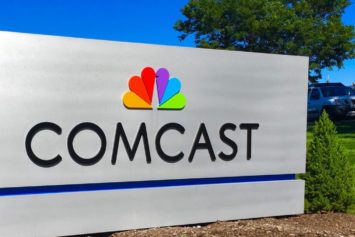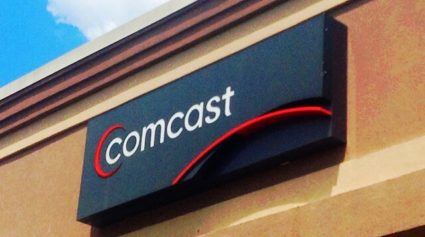As Comcast tries to convince the federal government to allow it to buy Time Warner Cable for $45 billion, opponents of the deal will inevitably bring up the last time it promised people its low cost “Internet essentials.”
Comcast offered Internet Essentials shortly before its last big acquisition, when it bought NBC Universal in 2011. To ease federal approvals of the transaction, the company promised that it would offer low-priced Internet connections and computers to low-income families. But the Federal Communications Commission, which approved the merger, didn’t set any participation requirements or metrics to define success.
Now the cable and broadband giant wants to buy Time Warner Cable, and again in an attempt to show regulators the deal is in the public interest, it is offering to extend the program indefinitely and offer it to Time Warner customers, too. The deal, if approved, will give Comcast control of about 40 percent of U.S. Internet users.
The program makes for good public relations, but its real impact on the persistent problem of low-broadband adoption rates among the poor is negligible and is a weak substitute for a national strategy, advocates say.
Of the 7.2 million low-income people in Comcast’s service area, only 2.6 million are eligible for Internet Essentials, according to data compiled by the Center for Public Integrity. The program requires the participant’s household to include a child who is eligible for the federal school lunch program. Of that 2.6 million, only 300,000, or 12 percent, have signed up since Internet Essentials was launched in 2011.
The low participation rate suggests that relying on merger conditions to make private companies provide what has become an essential tool to participate in society may not be the best approach to bridge the digital divide.
President Barack Obama agrees. In his 2011 State of the Union Address, Obama pledged to ensure high-speed wireless would be available to 98 percent of Americans. “It’s about connecting every part of America to the digital age,” he said.
Read the full story at qz.com


